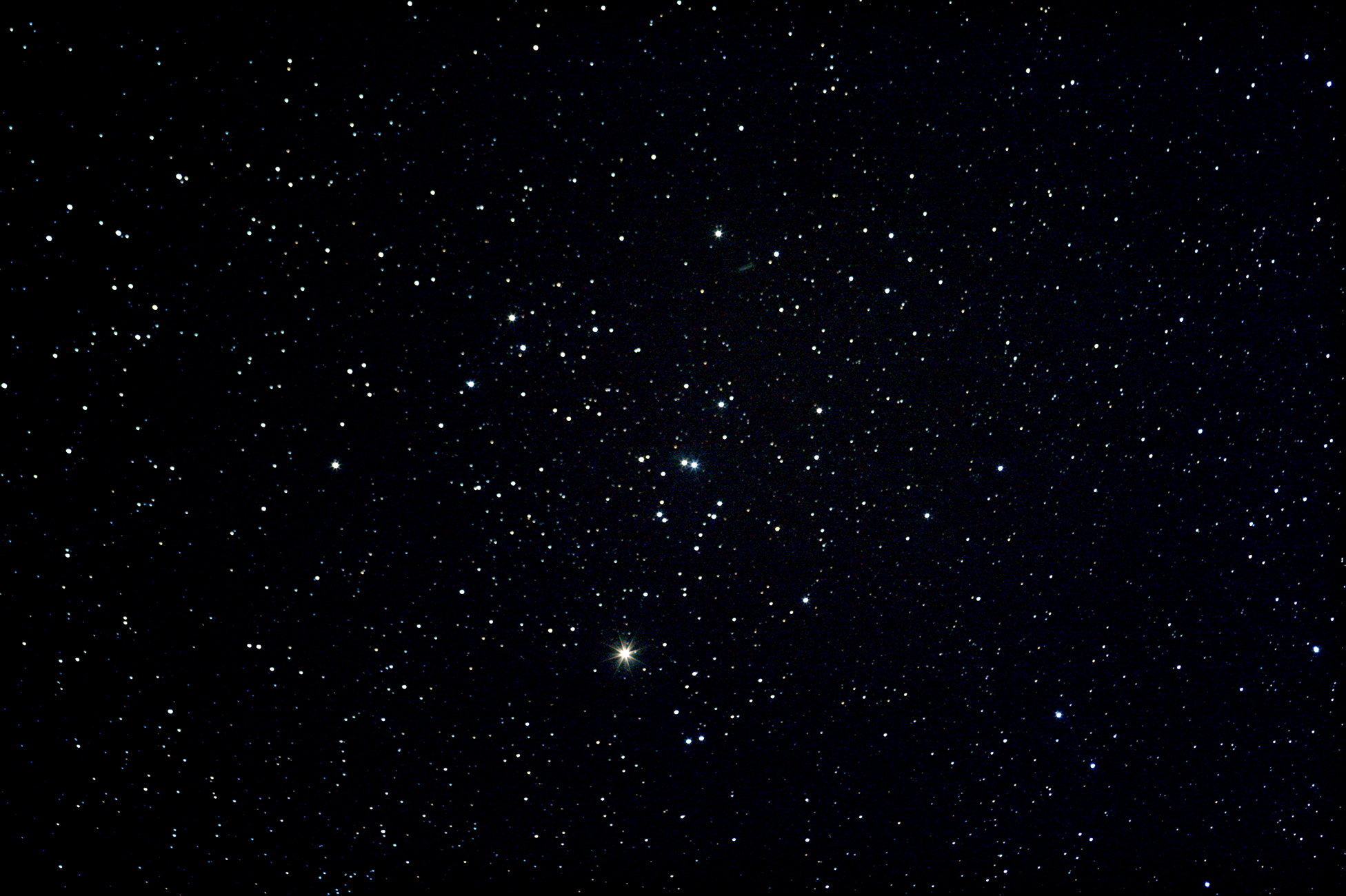What is a star?
0 Comments
 |
| photo source (Hyades star cluster) |
One may often question the existence behind the simple yet ever so complex little lamps in the sky.
To simply ask 'what is a star' would almost be impossible to answer; as just like us human beings, while all stars function in the same way they also possess many differences which allow us to differentiate between their certain types and predict what will become of them.
75% of the universe's matter consists of hydrogen and 23% helium these are amounts remaining from the big bang. Each star is , factually, a large sphere of hydrogen and helium with a mass so large; the gravitational forces allow a sustainable process of nuclear fusion to take place within it's very core. The energy released via these nuclear fusion processes then makes it's way to the surface where it is radiated as heat and light.
Each large star consists of many layers; especially those with a larger mass; and within these layers are in fact products of nuclear fusion carrying out the same process within their shells. In the outer shell, hydrogen atoms fuse to form helium; in the shell below that the helium atoms then fuse to form carbon and so on.
Whilst nuclear fusion is what defines a star, their vary in temperature, brightness and mass is what we use to differentiate between individuals.
 Stars are often formed in a range of colours(from red to blue) the red stars being the coolest and the blue stars being the hottest. The blue shift stars average at about 40,000°C while red shift average
Stars are often formed in a range of colours(from red to blue) the red stars being the coolest and the blue stars being the hottest. The blue shift stars average at about 40,000°C while red shift average
75% of the universe's matter consists of hydrogen and 23% helium these are amounts remaining from the big bang. Each star is , factually, a large sphere of hydrogen and helium with a mass so large; the gravitational forces allow a sustainable process of nuclear fusion to take place within it's very core. The energy released via these nuclear fusion processes then makes it's way to the surface where it is radiated as heat and light.
Whilst nuclear fusion is what defines a star, their vary in temperature, brightness and mass is what we use to differentiate between individuals.
 Stars are often formed in a range of colours(from red to blue) the red stars being the coolest and the blue stars being the hottest. The blue shift stars average at about 40,000°C while red shift average
Stars are often formed in a range of colours(from red to blue) the red stars being the coolest and the blue stars being the hottest. The blue shift stars average at about 40,000°C while red shift average
at 2500°C. Stars also come in a range of brightness ( from dim dwarfs to luminous super giants) This is due to how sustainable it's fuel (hydrogen) is and the amount of energy a star is emitting; we can determine this from Einstein's theory of relativity(E=MC2) providing we can measure the mass of the star. Red giants are cool but are also bright because of their vast mass while white dwarfs are very hot but dim due to their smaller mass.
Despite my explanation being ever so brief, i hope it has at least inspired those with less of an
understanding to appreciate the structure of a source that ,without, our existance would be almost
beyond the bounds of possibility.

